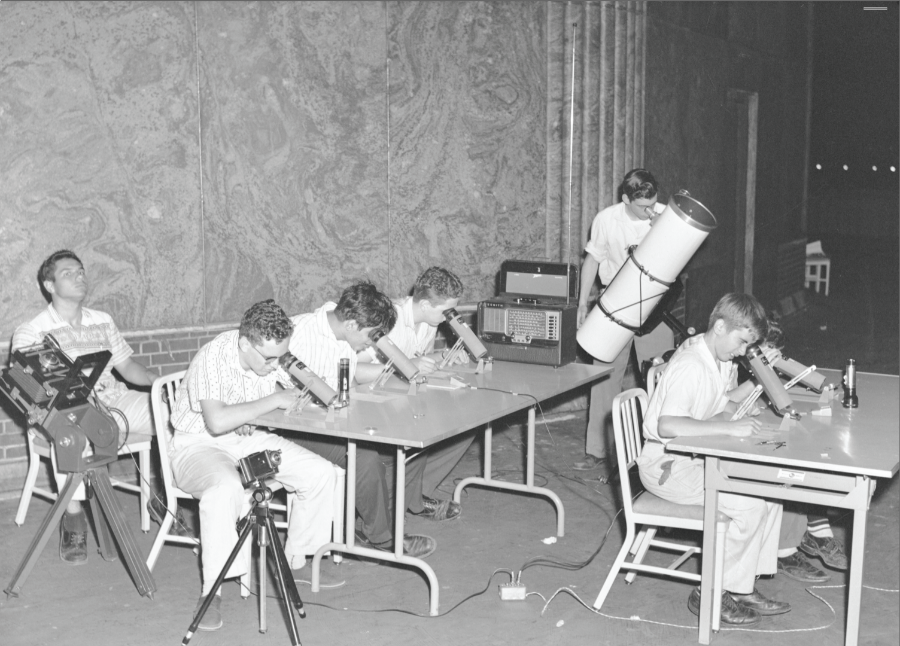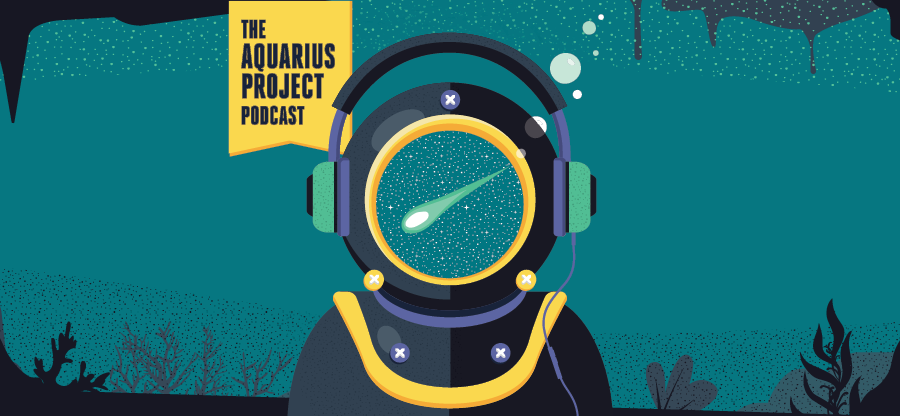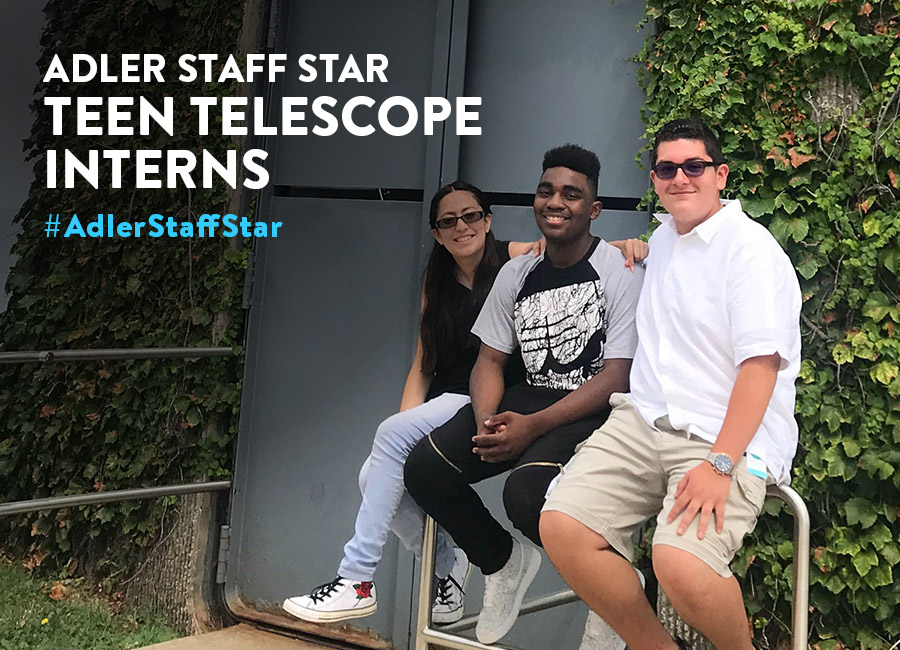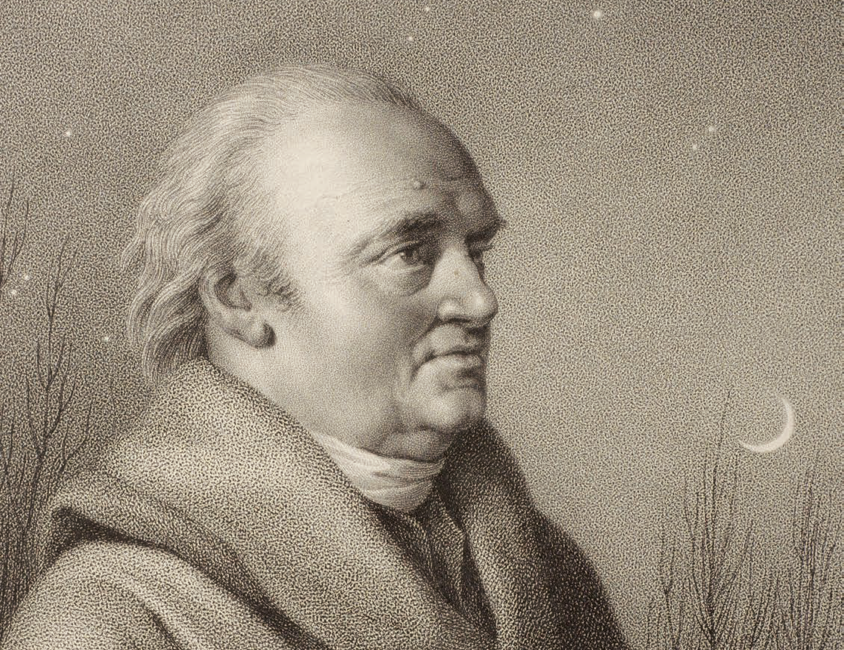Chicago: A City of Stargazers

Chicago has long been a city of stargazers. And one way or another, all astronomical roads in Chicago have led to the Adler since it became the first planetarium in the Western Hemisphere in 1930. Here are a few stories, objects, and documents from our collections that remind us how the Adler has helped Chicagoans come together to explore the sky through the decades.
THE OLDEST ASTRONOMICAL SOCIETY IN AMERICA
In 1862, a group of prominent citizens founded the Chicago Astronomical Society (CAS), with the aim of raising the cultural and scientific reputation of the city. CAS is the oldest astronomical society in America. It was responsible for the establishment of the Dearborn Observatory at the old University of Chicago in the 1860s. The observatory hosted the Dearborn refractor, at the time the largest telescope in the world, now an iconic instrument that you can see on display in our Telescopes exhibition. Philip Fox, the Adler Planetarium’s first director, was also the secretary of the CAS. He laid the groundwork for an enduring relationship between the two institutions. CAS carries out its mission of promoting public engagement with astronomy through lectures, observing events, etc., and to this day has held regular meetings at the Adler.
’SCOPES IN THE CITY…IN THE 1930S!
In the 1930s, a movement known as Amateur Telescope Making started to take shape in the United States. Amateurs all over the country—including here in Chicago—formed groups and associations devoted to the making of telescopes. Philip Fox invited the local amateur telescope makers to use the Adler’s premises, which they keenly accepted. One of the leading figures among these amateurs was William S. Buttles (1898-1940), who, together with his wife Lois, steered a group called Astrolab. Buttles collaborated with other Astrolab members in designing a portable reflecting telescope called the Polar Bowl. Several of these telescopes were used in a “Portable Observatory” that took astronomy to schools, community groups, and several organizations—similar to what Adler does today with ’Scopes in the City.
SPACE AGE STARGAZERS
In 1956, the Smithsonian Astrophysical Observatory launched Operation Moonwatch with the aim of tracking artificial satellites. Many volunteers across America set out to watch the skies with telescopes specifically designed for this purpose. The program gained momentum after the launch of Sputnik I by the Soviet Union in October 1957, becoming emblematic of the Cold War and the Space Race. But above all, it led many people to engage with astronomy and space science. Such was the case of the CAS junior members who met at the Adler to survey the skies in search of satellites. The world has changed a lot since then, but an immense Universe is still out there to explore, and the Adler is sure to keep on bringing people together to do just that.
—
Above: Junior members of CAS observing at the Adler’s rooftop in the context of Operation Moonwatch, c. 1957 (Adler Archives)







